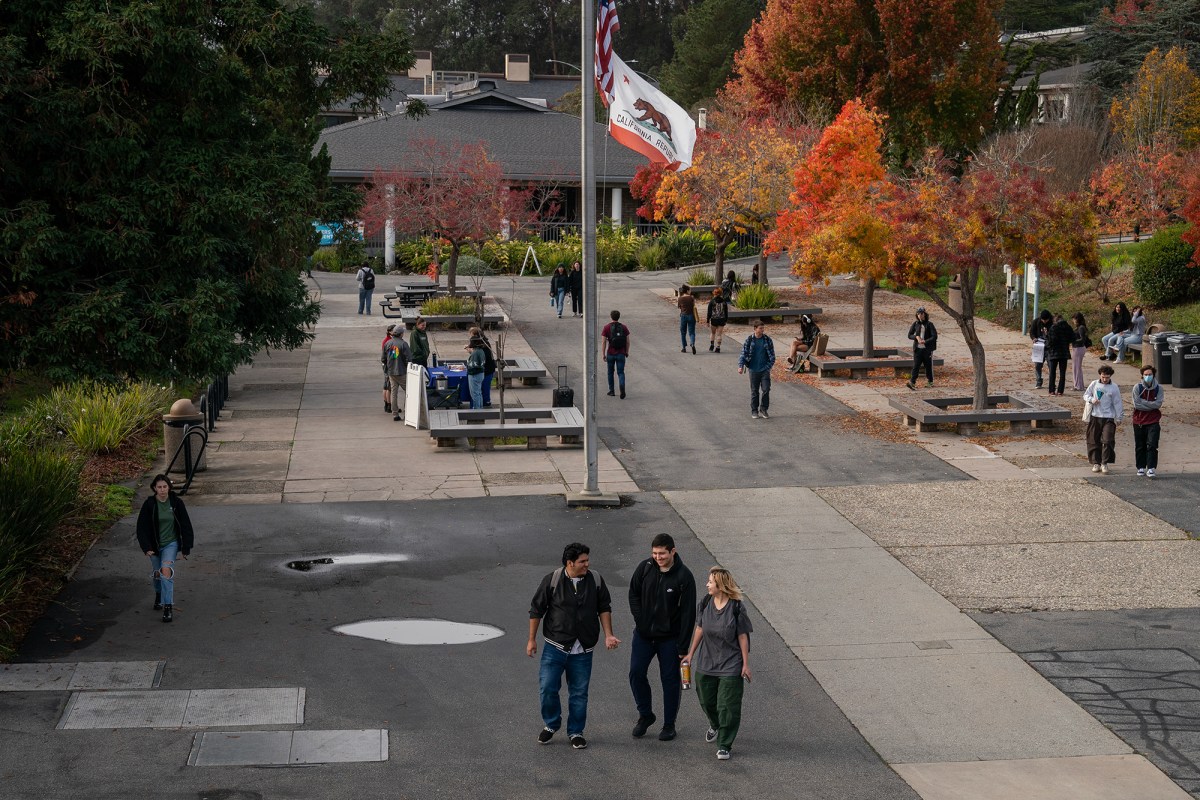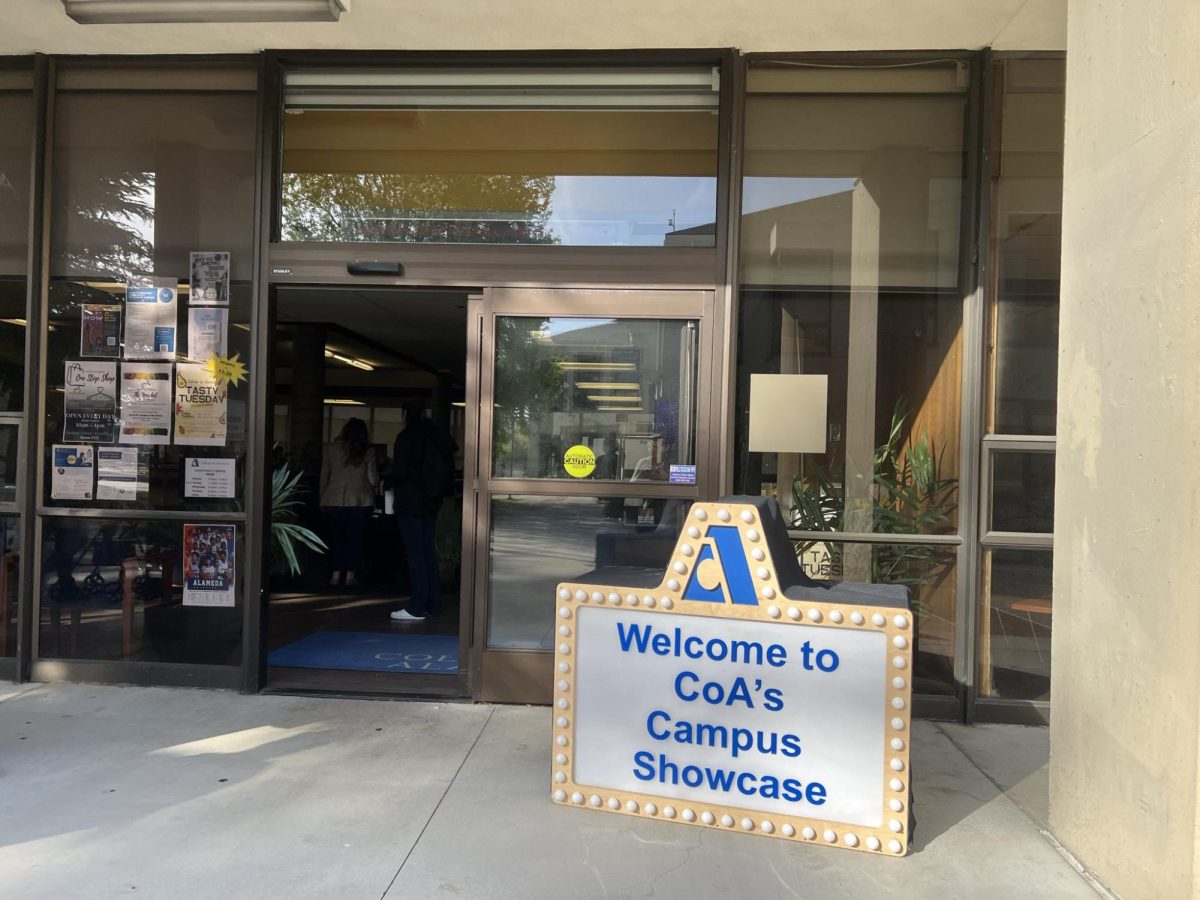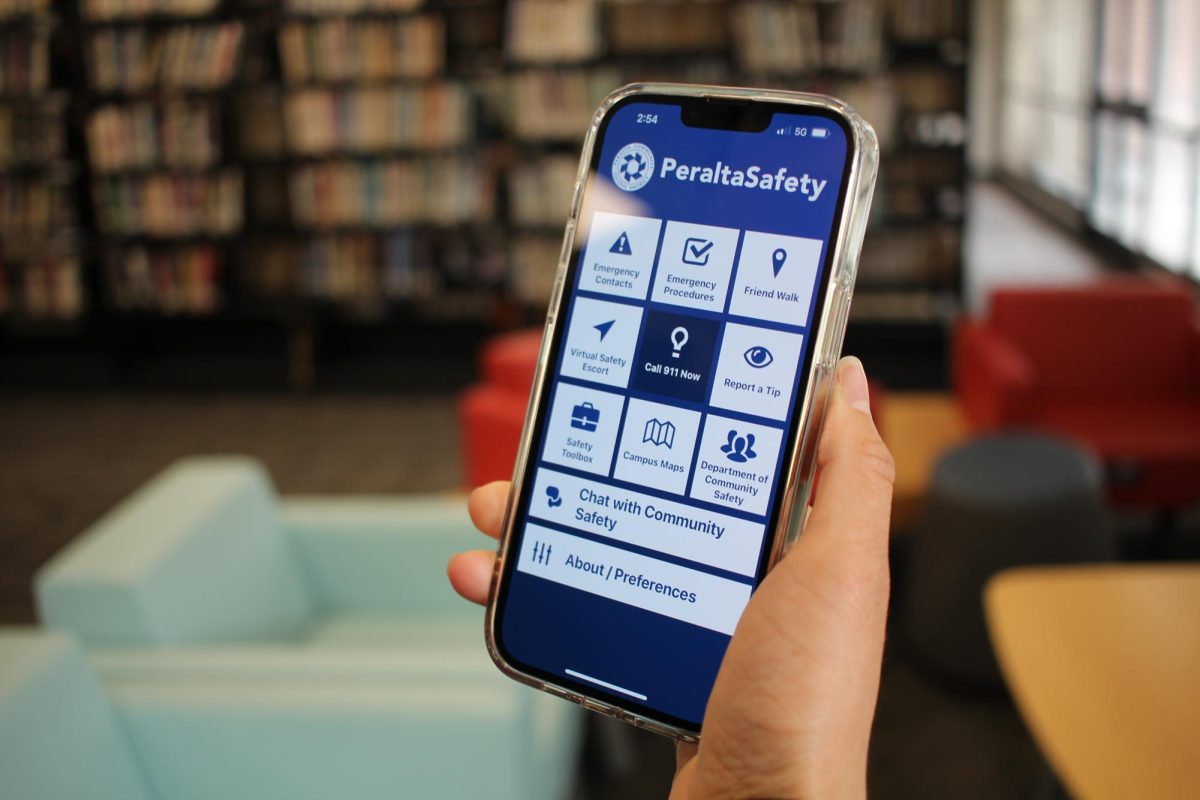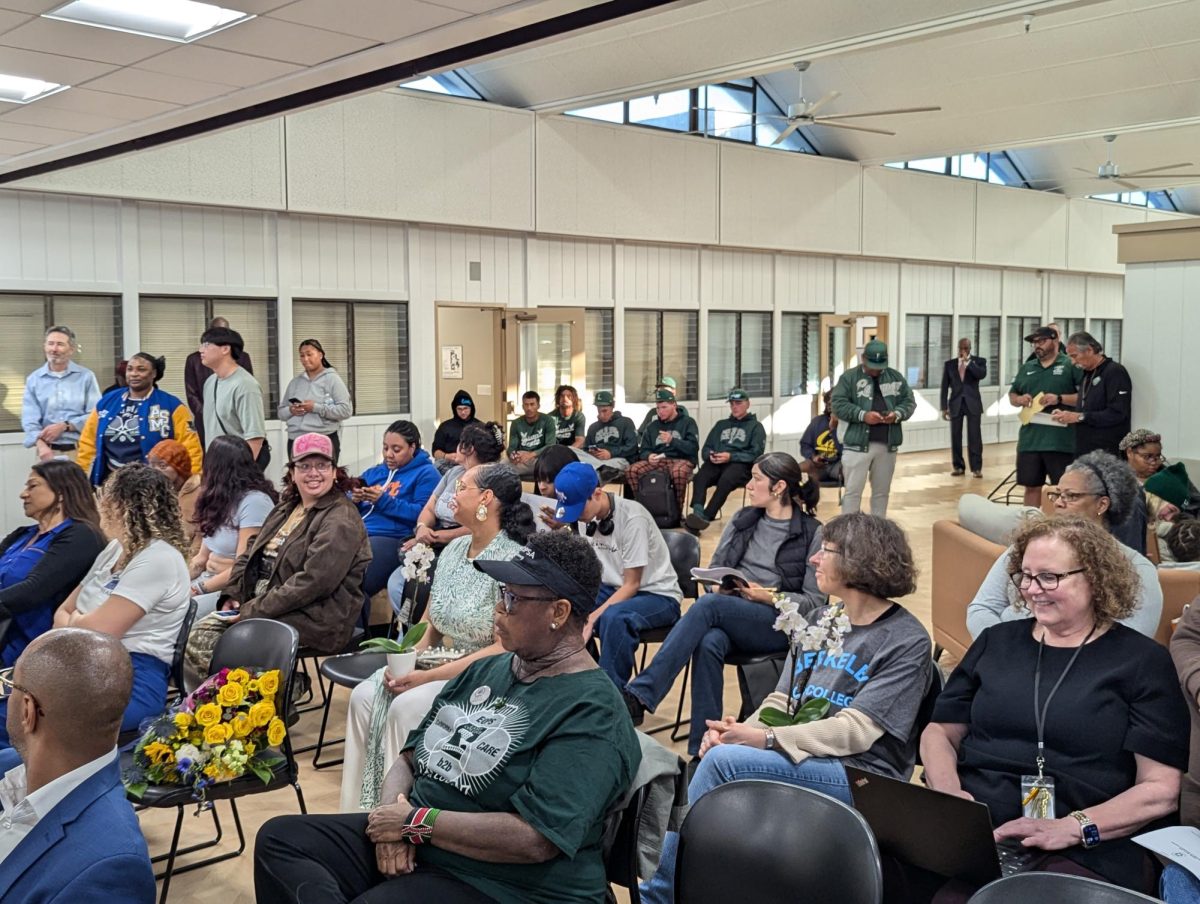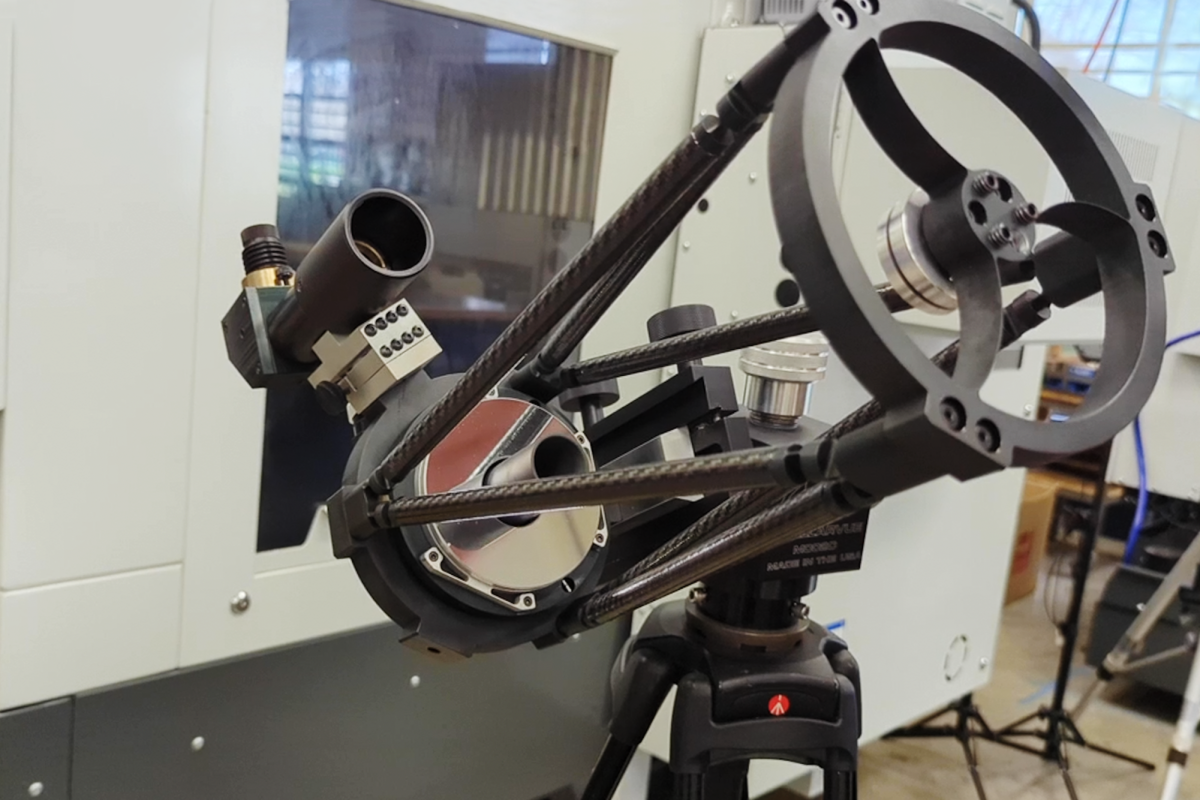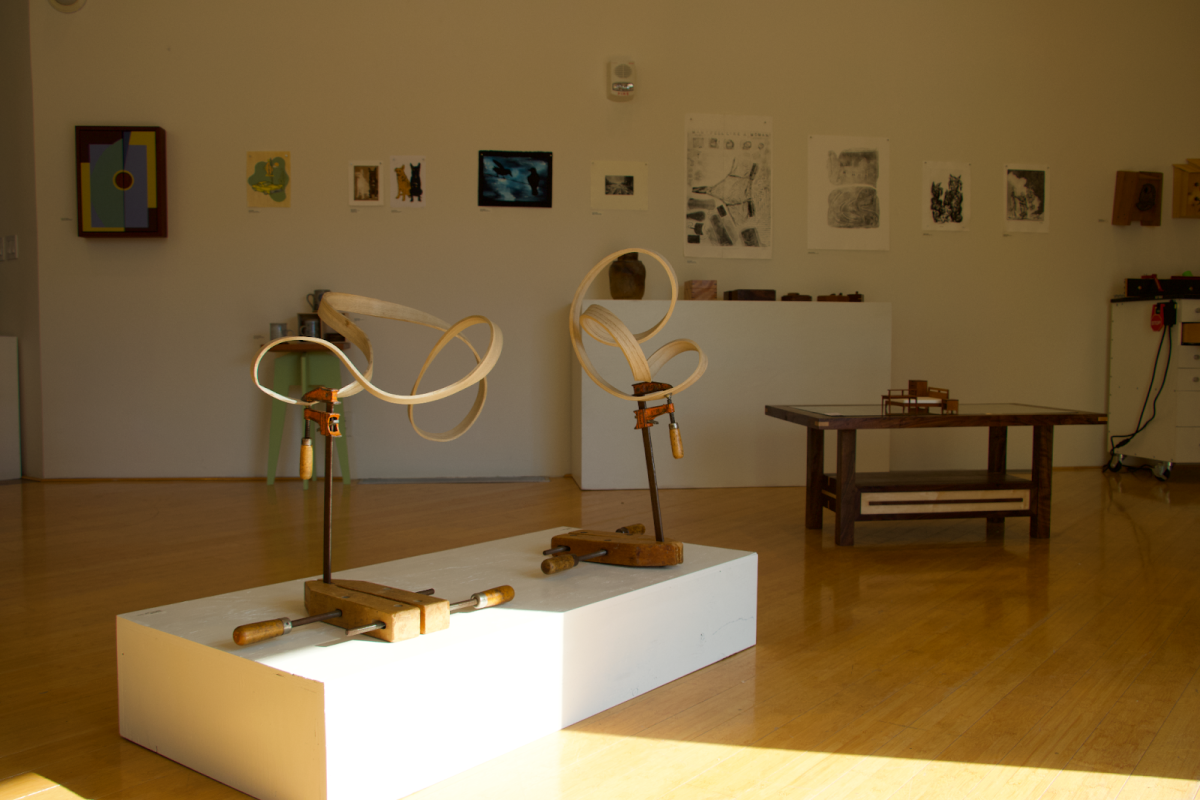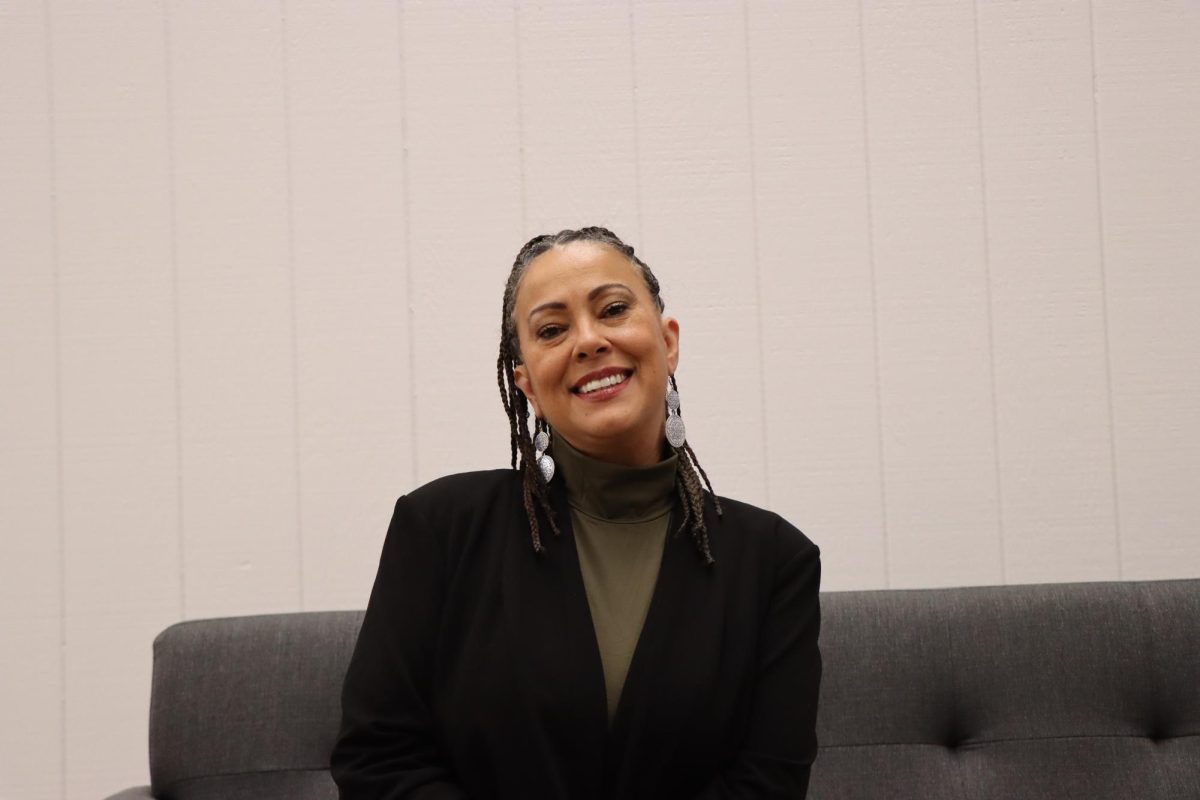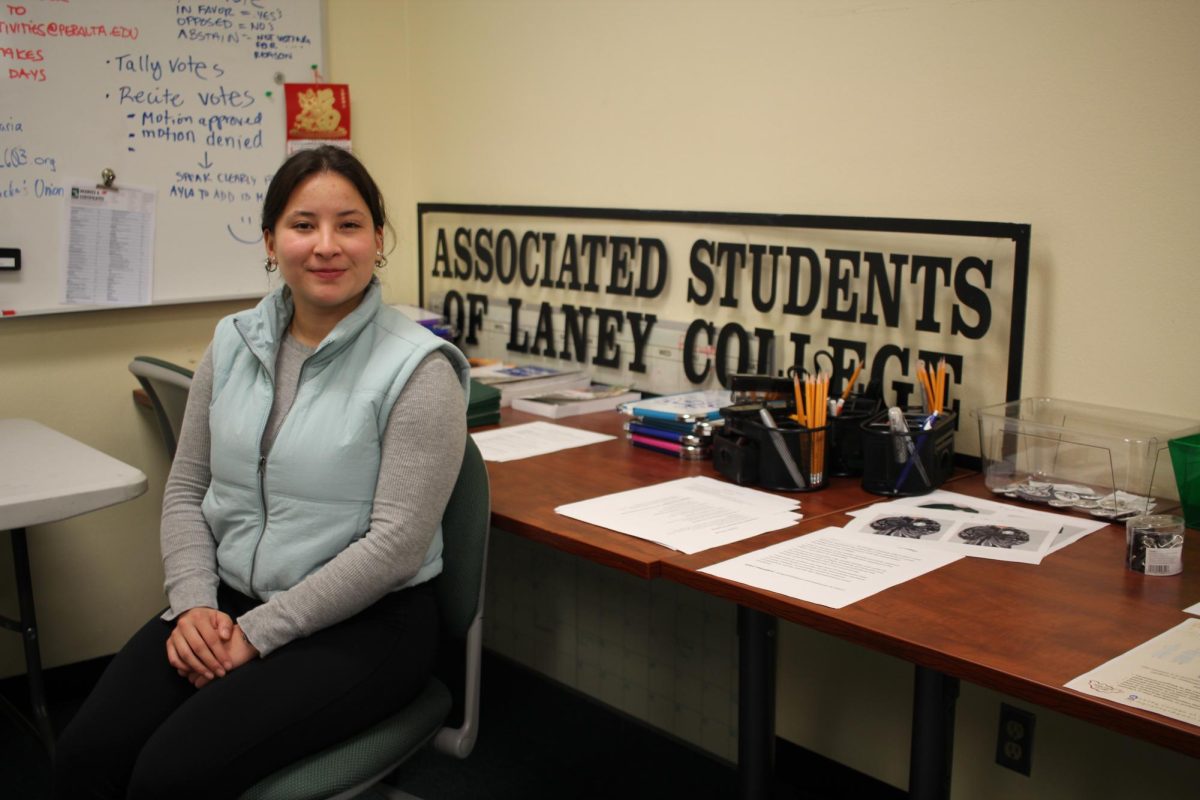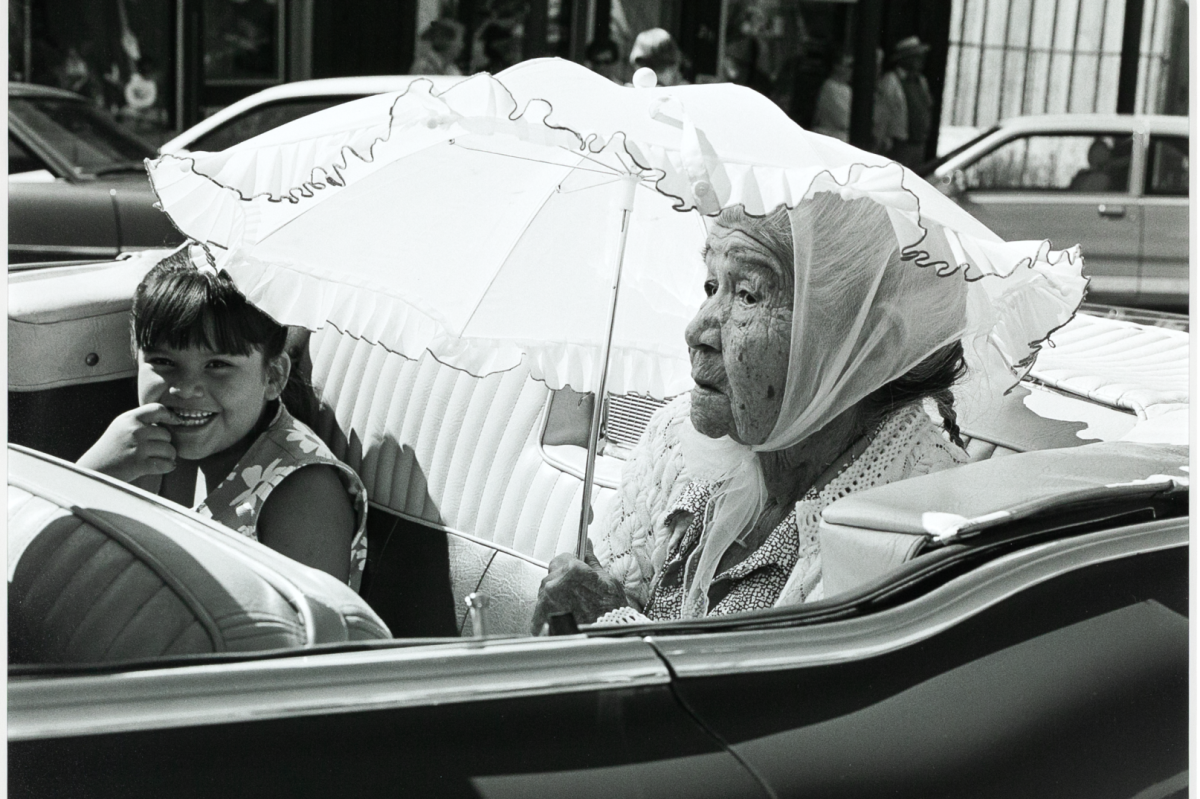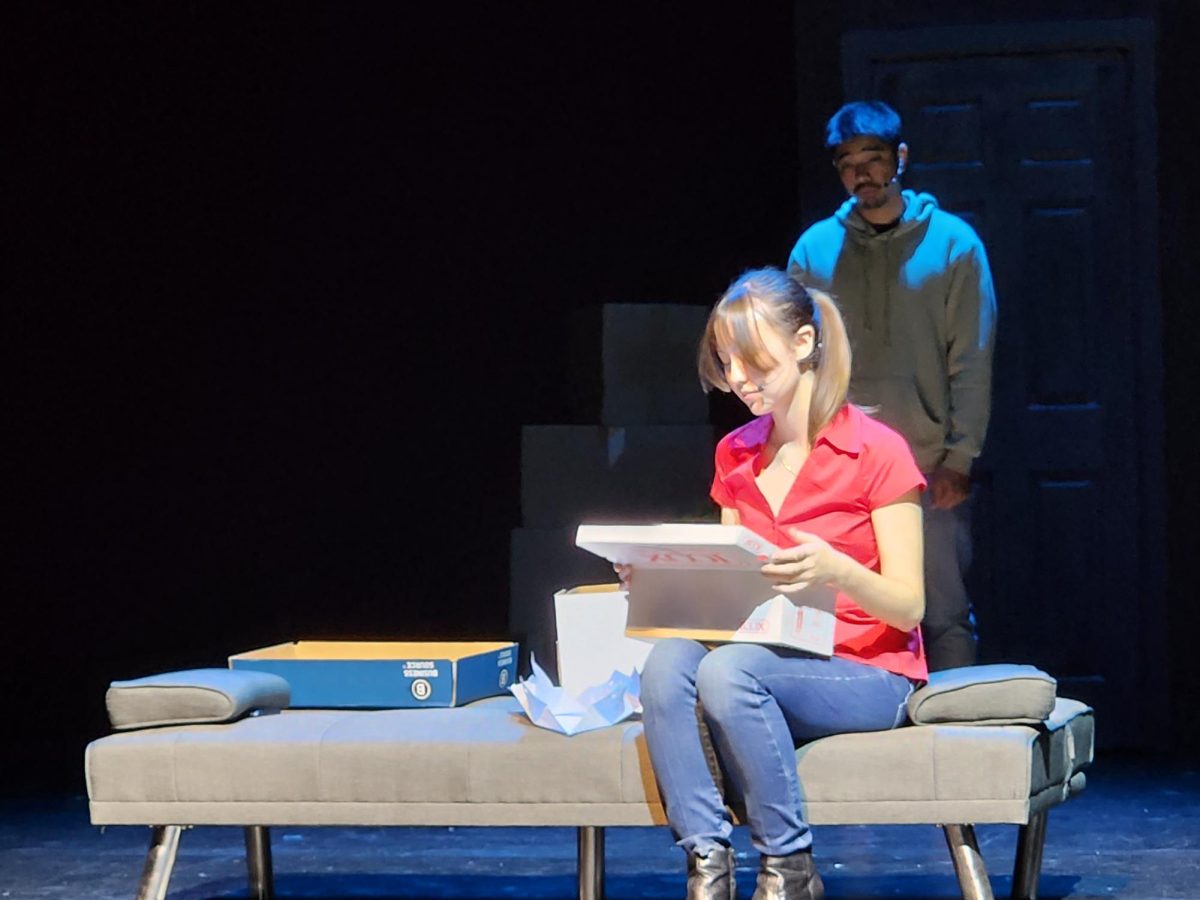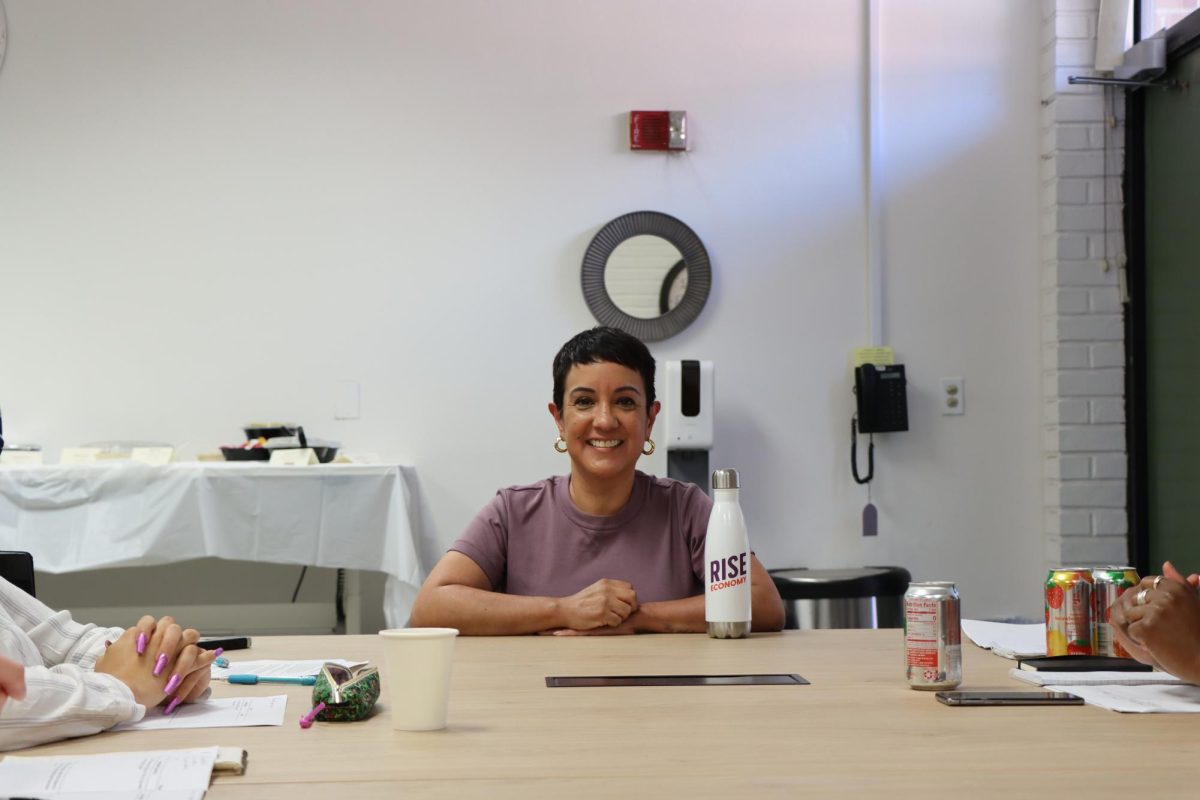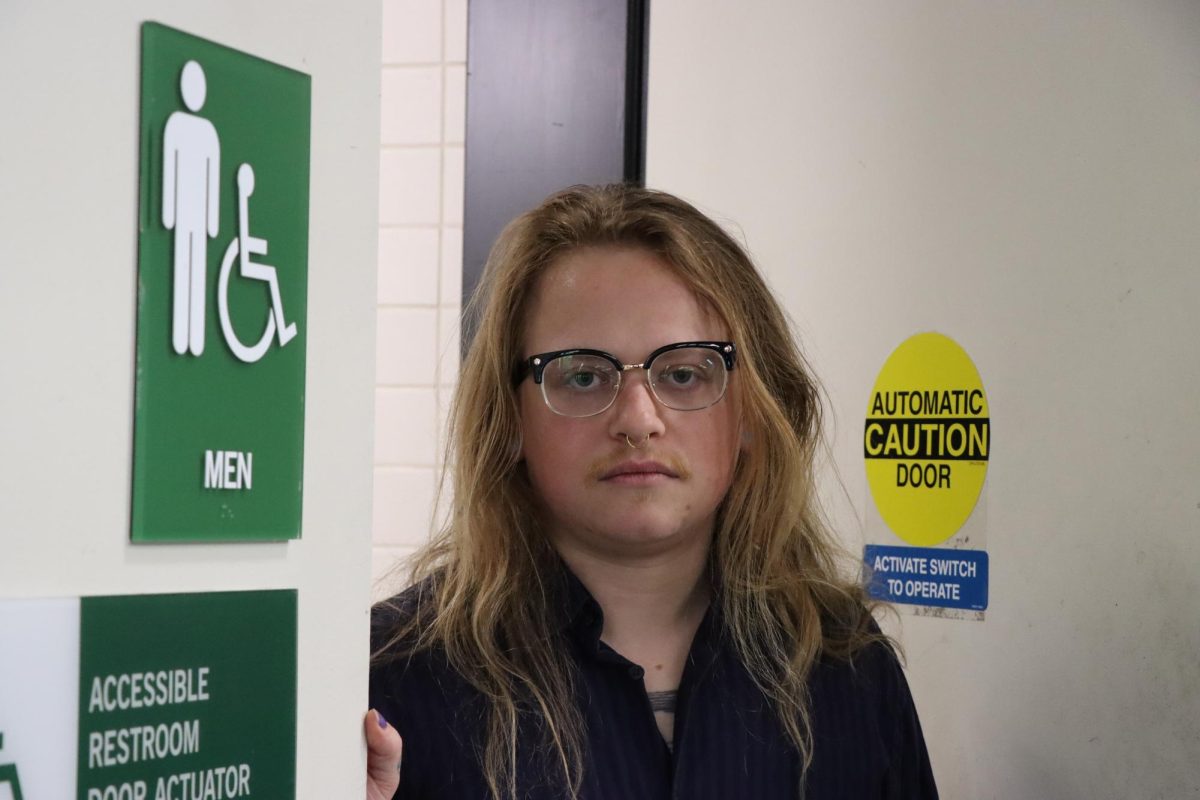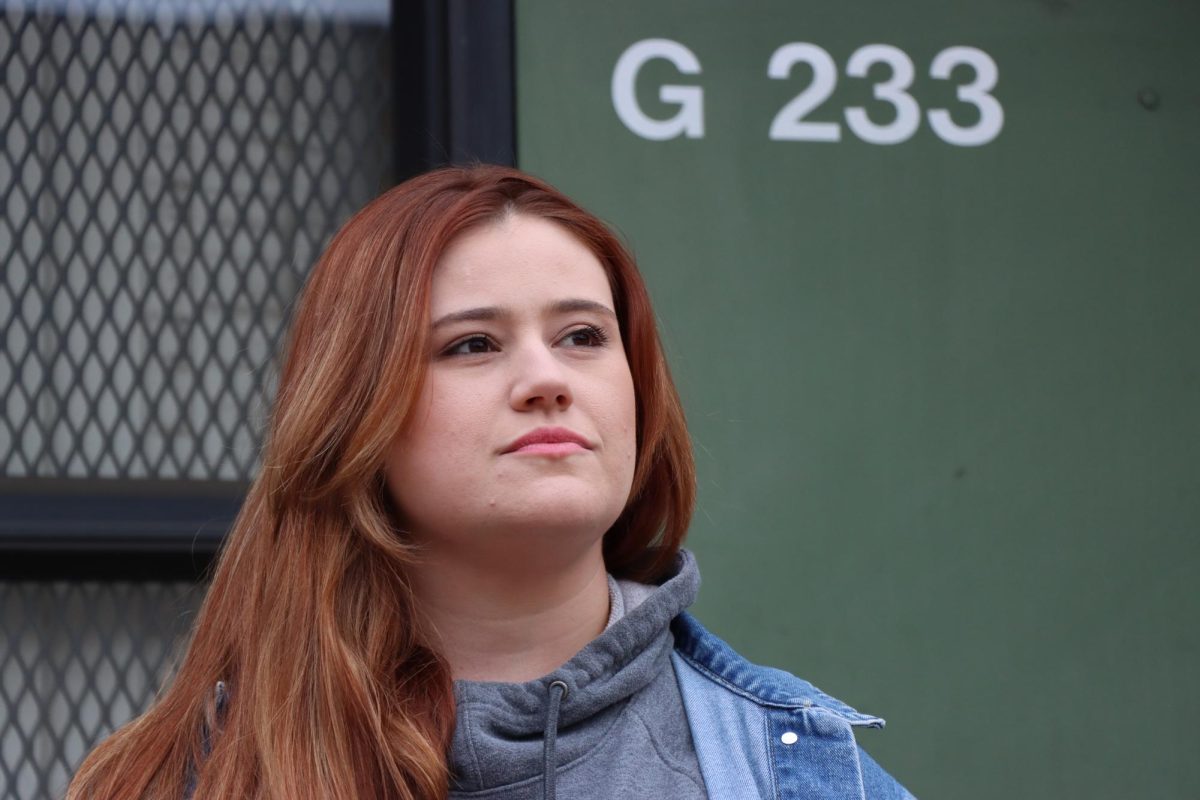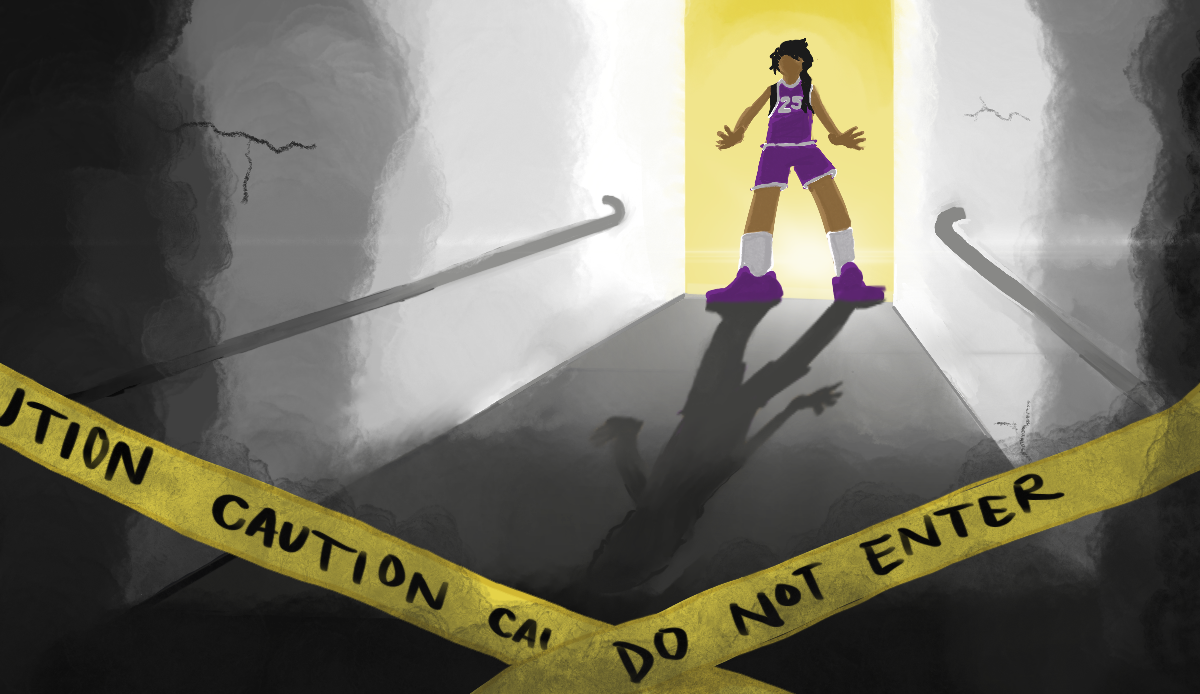As a part of the Laney College student equity series, the Equity Committee invited Dr. Shawn Ginwright to speak on Feb. 23 and give a review of his latest book.
Dr. Ginwright is an associate professor of education in the Ethic Studies Department at San Francisco State University where he teaches African American history.
He is the co-founder of Leadership Excellence Inc., and the Oakland Freedom School literacy program. He is known locally and nationally as an activist and advocate for students of color.
He also serves on the board of Directors for the Institute for Sustainable Economic, Educational and Environmental Design (SEED). He is the author of “Black Youth Rising, Activism and Radical Healing in Urban America,” “Black in School — Afrocentric Reform, Black Youth and the Promise of Hip-Hop Culture,” “Hope and Healing in Urban Education: How Urban Activists and Teachers are Reclaiming Matters of the Heart,” and co-author of “Beyond Resistance.”
Introducing Dr. Ginwright was Mariyam Bey — an African American Studies major and secretary of the Laney Black Student Union. During the summer she works with the Freedom School Literacy program, in Oakland which Dr. Ginwright and his wife are credited with establishing.
The Freedom School is a literacy program for scholars in grades K-8 and part of the city’s Pathway To Excellence initiative. Dr. Ginwright also discusses ways in which he sees a social movement building.
“This is a rising time in America; students around the world and in other countries are looking at Oakland, to see how we respond to this state of social movement we’re in,” said Dr. Ginwright. He describes “social movement” as a significant movement having strong similarities to the youth movements during the 1960s, and which has mushroomed into the Black Lives Matter movement of today.
This movement comes not from government policies and rulings, but from the grassroots. “The second thing we see in this movement is the response from the entertainment industry,” Ginwright said.
Here he made reference to Kendrick Lamar during the Grammy Awards show, where Lamar came on stage in chains and prison clothes. Lamar’s interpretation was how some African Americans may see themselves in chains.
There was also the controversial performance of Beyoncé during the national Super Bowl. “The entertainment industry is adopting and absorbing this movement to raise social change,’ Ginwright said.
“Our success is not going to come from celebrities, like Beyoncé but by and from brothers like Ginwright, we need brother and sisters to step up to make black lives matter,” said Mark Anthony Ellis, a longtime associate of Ginwright.
African Americans are asking for dignity and equity in economics and in education. “Blacks no longer need to apologize for being black,” Ginwright said. Changing mindsets is the ultimate key to having self-respect and self-pride.
The most compelling part of his story was his prison visit. “I was to speak at a prison and had a speech prepared. To get access to the facility, I was told to follow the yellow line to the end of the corridor. When I got to the end, I heard a door behind me shut. A sheriff at the end of the yellow line greeted me and told me to follow the blue line to the end of another corridor.”
“I walk to the end of the blue line and heard another door shut behind me… Another sheriff ask me to follow yet another colored line, the green line. After entering into the cafeteria where the green line ended, I realized a feeling of incarceration. I had never been in prison. Then I begin to question myself, what could I say to these men that would make a difference? I threw away my speech and decided to speak from the heart.
“After my speech, I was waiting to leave, when I heard someone call me, I slowly turned around. There stood a man seven feet tall, with a cut across his face and he said, I thank you for what you said it really helped me.”
Ginwright continues, “I thanked him, then he started to reach for something in his pocket. I became a little fearful, but he pulled out a bottle of bubbles and blew them at me.
“This man told me he had been in prison since 1985 serving a life sentence and that the bubbles was his way of staying encouraged.”
Categories:
Ginwright talks revolution, student equity
March 17, 2016
Tags:
About the Contributor
In the fall of 2019, The Laney Tower rebranded as The Citizen and launched a new website. These stories were ported over from the old Laney Tower website, but byline metadata was lost in the port. However, many of these stories credit the authors in the text of the story. Some articles may also suffer from formatting issues. Future archival efforts may fix these issues.

